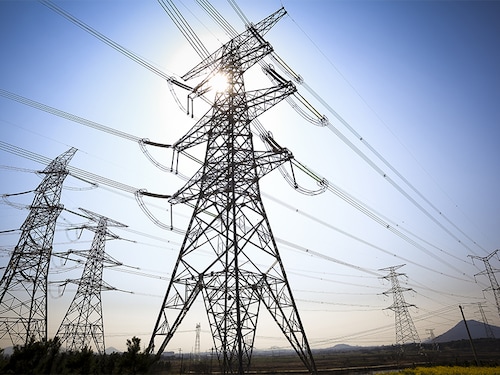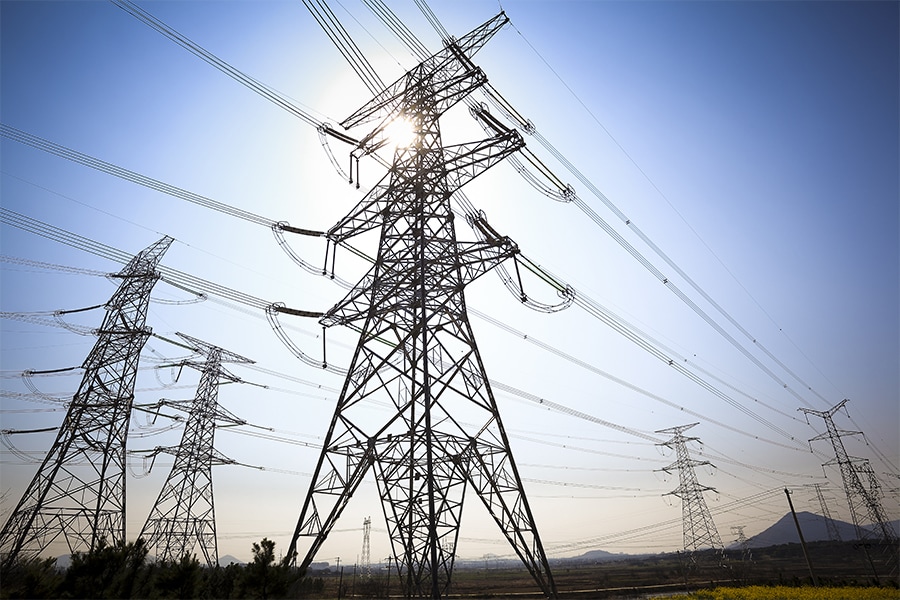IEX's trading debut fails to spark; closes below offer price
The listing of the Indian exchange for energy products failed to enthuse investors on its first day of listing on the BSE



Image for representational purposes only
Image: Shutterstock
Indian Energy Exchange (IEX), an exchange for electricity and renewable energy products, made a debut on the BSE at ₹1,500 per share on Monday, listing below its IPO price of ₹1,650. The stock closed at ₹1,626.45 or 1.45 percent lower than its issue price on day one. The issue is valued at 44 times the earnings of FY17 which, according to certain analysts, is expensive.
IEX had earlier cut its anchor allocation to 7.89 lakh shares from 18.19 lakh shares. The issue was an offer for sale (OFS) for six million shares by the existing shareholders, which included Aditya Birla Private Equity fund, AF Holdings and Golden Oak.
The products traded on IEX include the Day-Ahead-Market (DAM) that allow transactions in 96 separate electricity contracts for a day in advance and Term-Ahead-Market (TAM) which comprises contracts ranging from the same day to up to 11 days in advance. IEX and Power Exchange India allow trading of short-term power contracts where IEX has a total share of around 94 percent in the DAM market and 67.9 percent share in the TAM market. The company also trades in renewable energy certificates where its market share is 71.2 percent.
For the year-ended FY17, the company posted revenue of ₹203.9 crore over a net profit of ₹113.6 crore with a return on equity (ROE) of 40 percent.
According to IIFL investment managers, IEX's growth prospects are mainly driven by factors like opportunities in the short-term Indian power market, a large, diverse customer base and proven management track record. It has consistently expanded its participant base year on year from 2,893 in FY13 to over 5,900 registered participants as of August 31, 2017. Over 3,200 participants as of August 31, 2017, were active and across 29 states and five union territories.
Going forward, generation and peak power demand in India over FY17-22E is expected to record a CAGR of 29.6 percent and 7.3 percent, respectively, according to CRISIL Risk and Infrastructure Solutions (CRIS) Ltd. According to CRIS, generation and peak power demand during the period is expected to improve at the rate of 29.6 percent and 7.3 percent on an annual basis.
First Published: Oct 23, 2017, 20:06
Subscribe Now